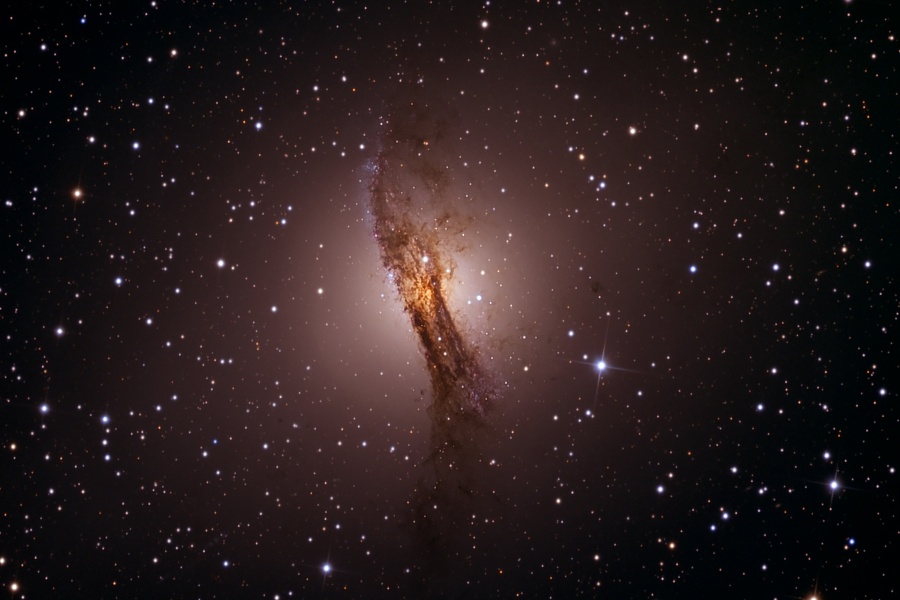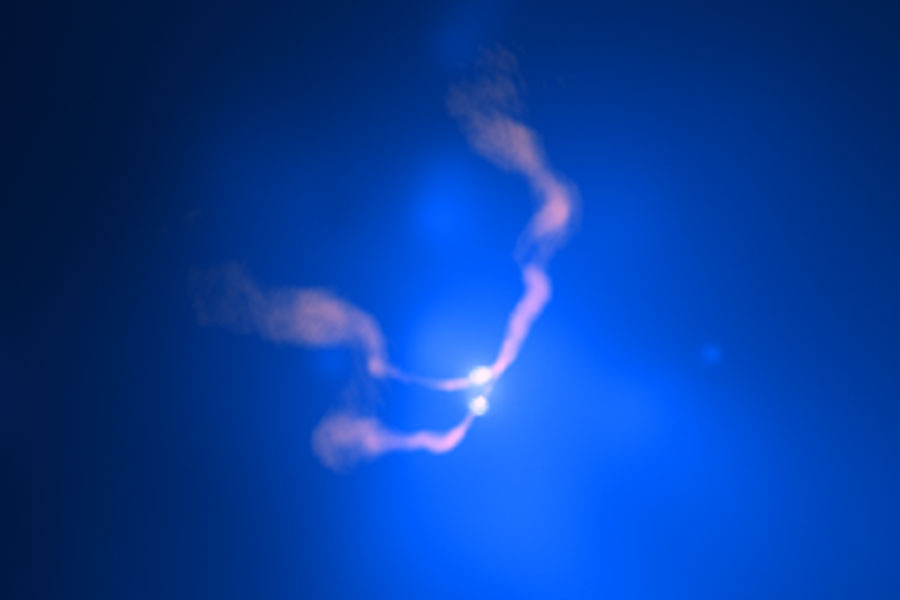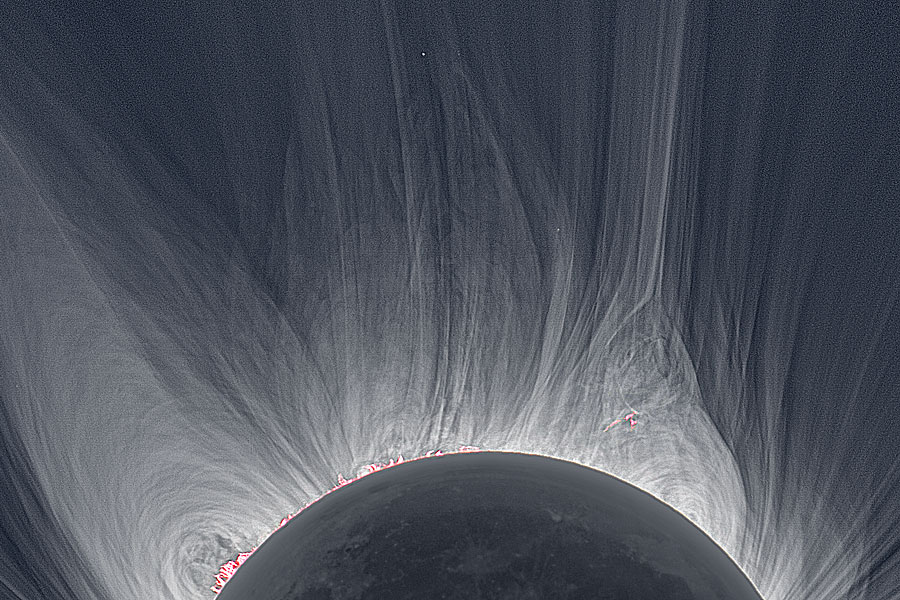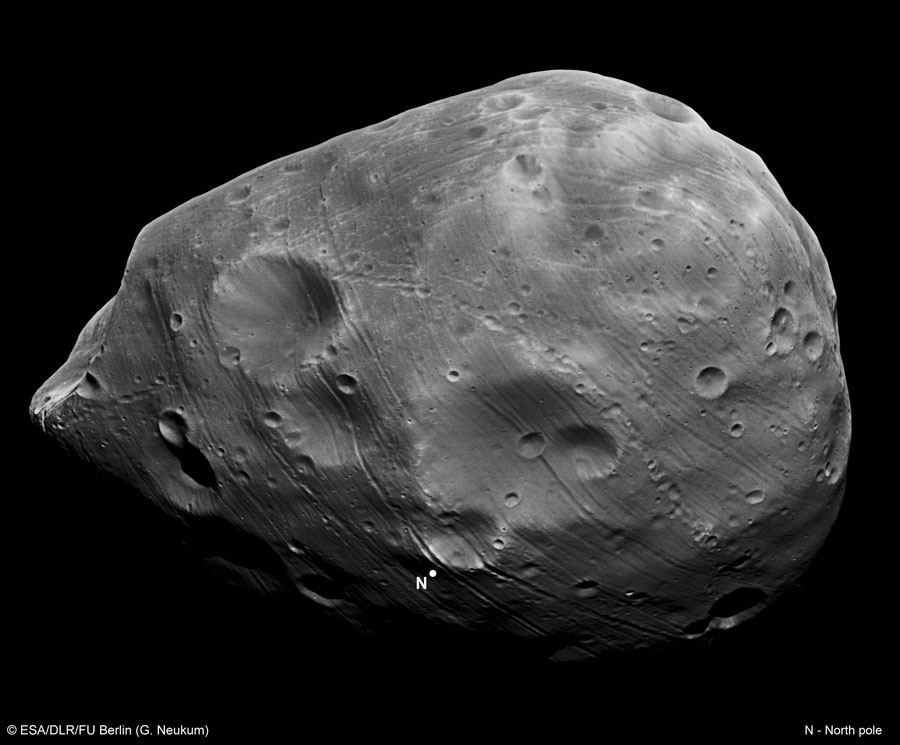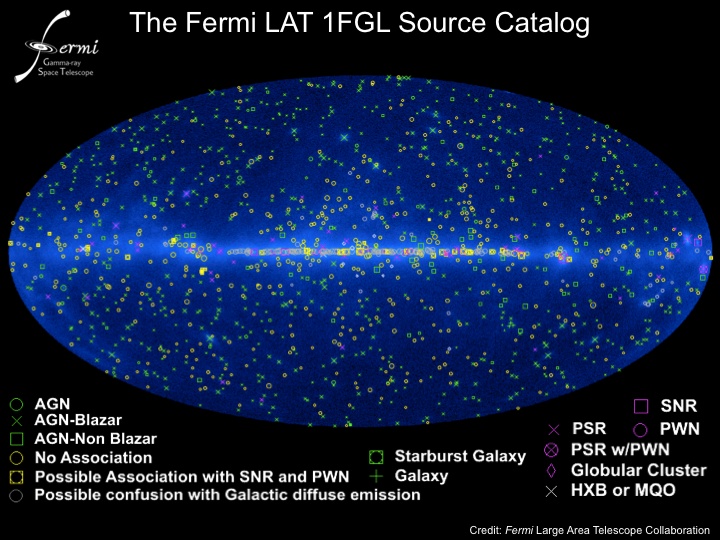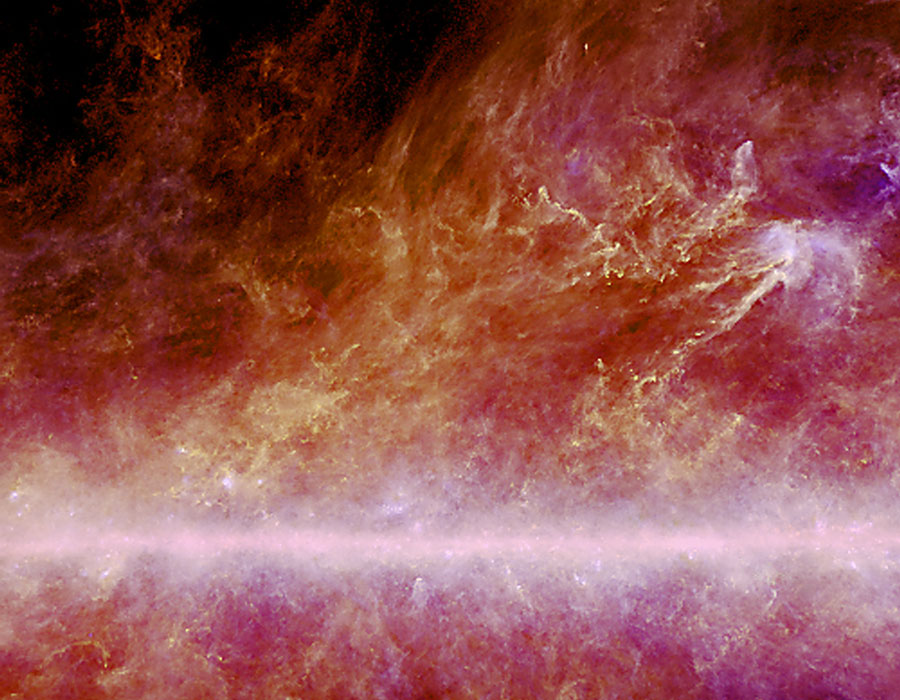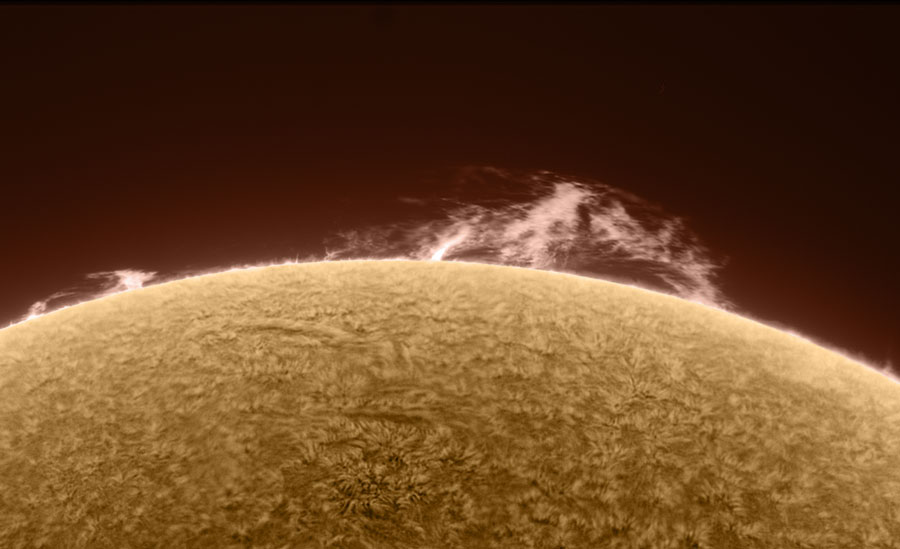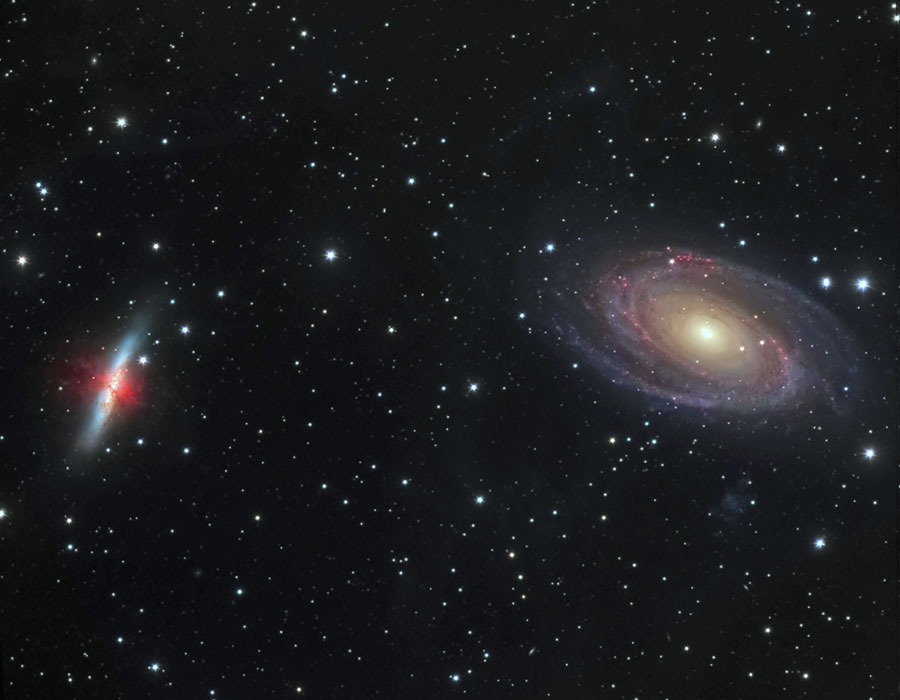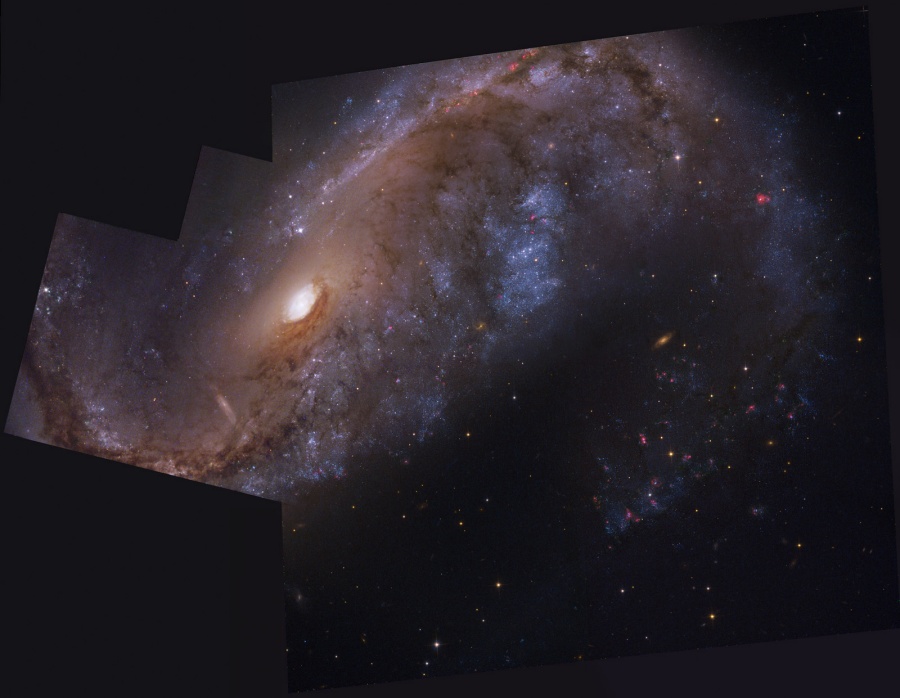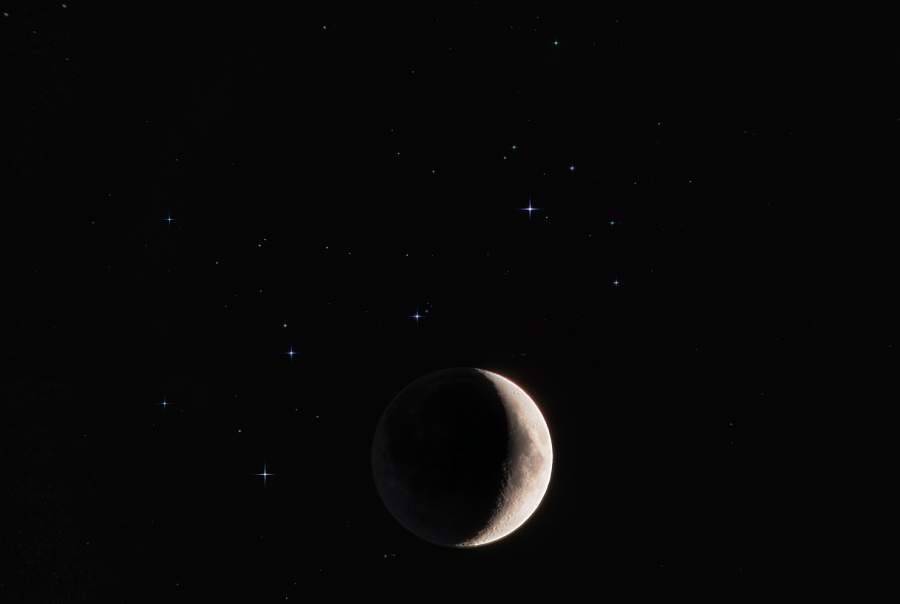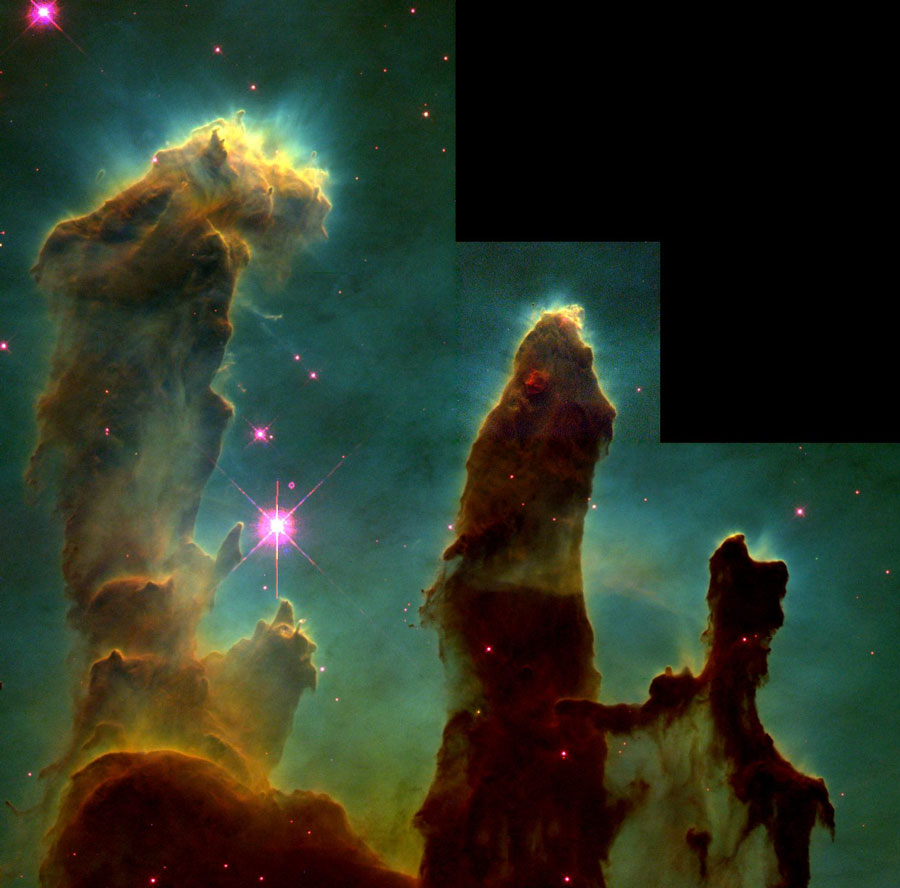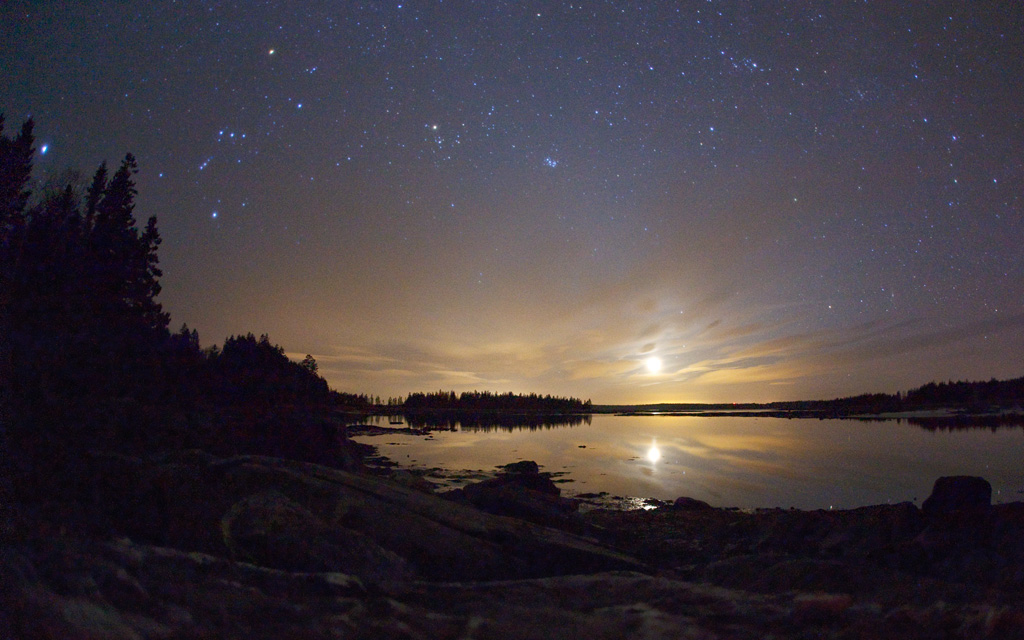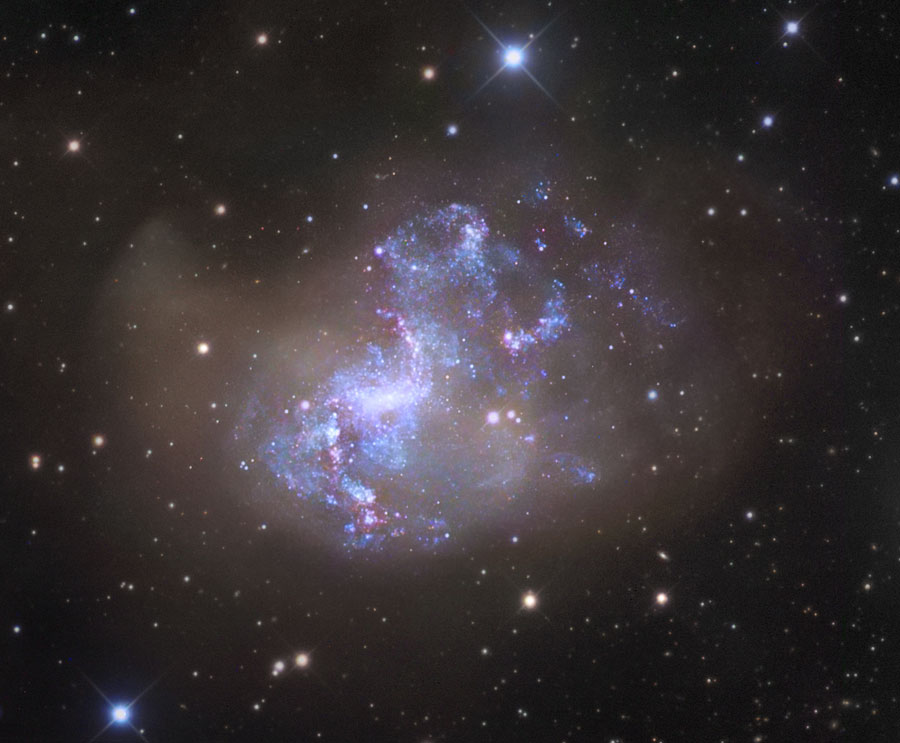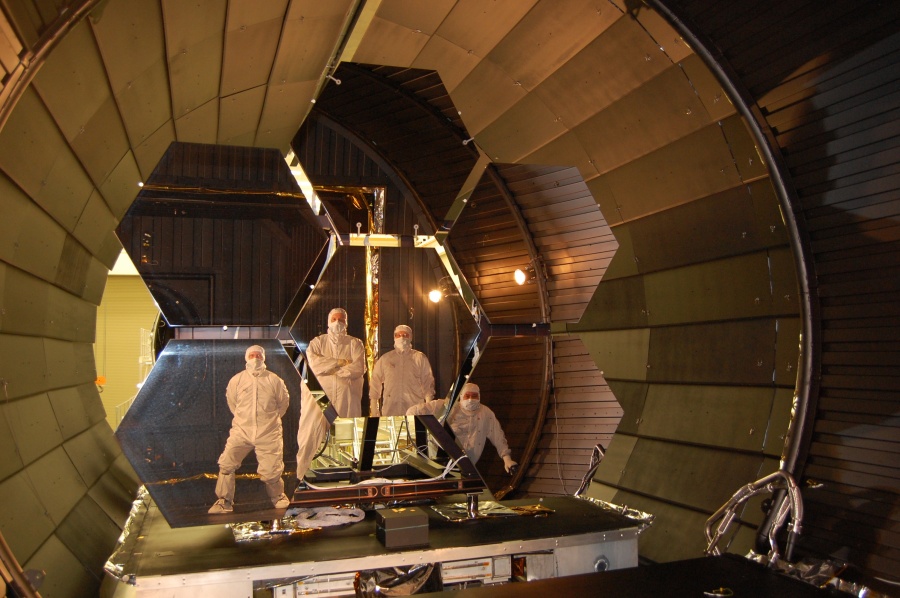
JWST: Mirrors and Masked Men
Explanation: Who are these masked men? Technicians from Ball Aerospace and NASA at Marshall Space Flight Center's X-ray and Cryogenic Facility, of course, testing primary mirror segments of the James Webb Space Telescope (JWST). Scheduled for launch in 2014, JWST will be optimized for the infrared exploration of the early Universe, utilizing a primary mirror 21.3 feet across, composed of 18 hexagonal segments. Here, a group of JWST mirror segments are being prepared for tests to assure they meet the exacting mission requirements. The technicians' suits and masks help prevent contamination of the mirror surfaces. At the Marshall X-ray and Cryogenic Facility, the mirrors are tested in the large circular chamber after evacuating the air and cooling the chamber to -400 degrees Fahrenheit (only 60 degrees above absolute zero). The extremely low pressure and temperature simulate the JWST mirror operating environment in space. JWST mirror segment testing will continue for the next 18 months.


